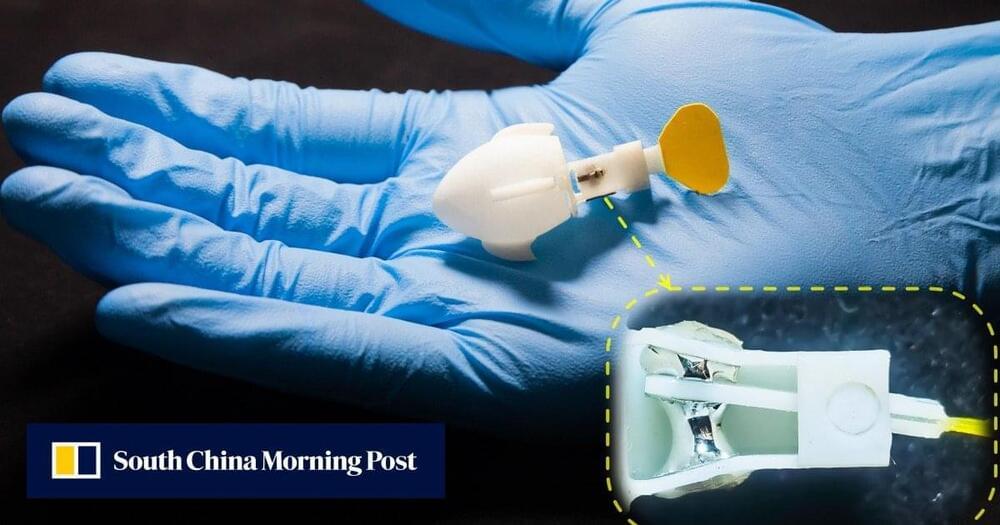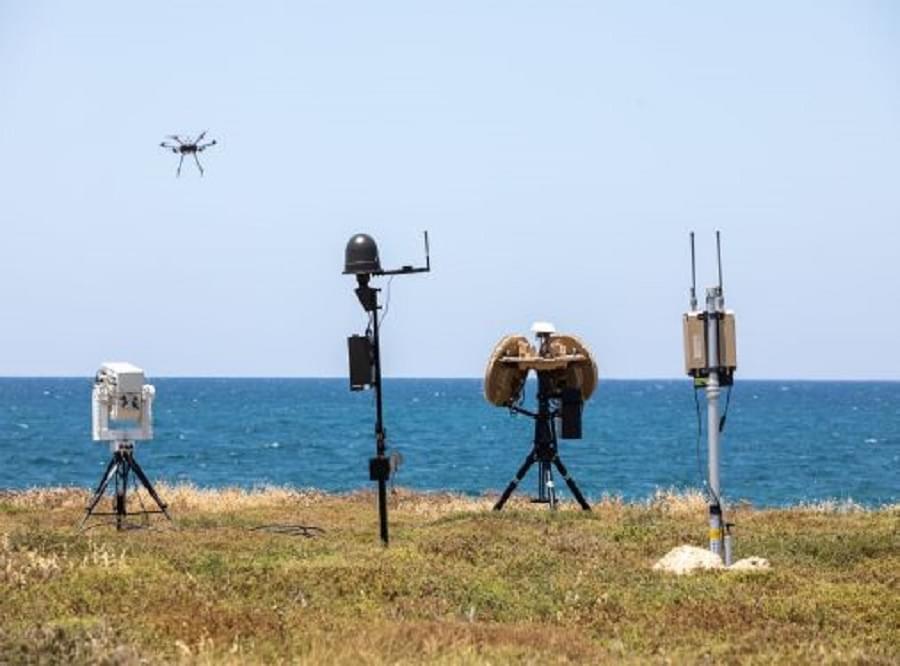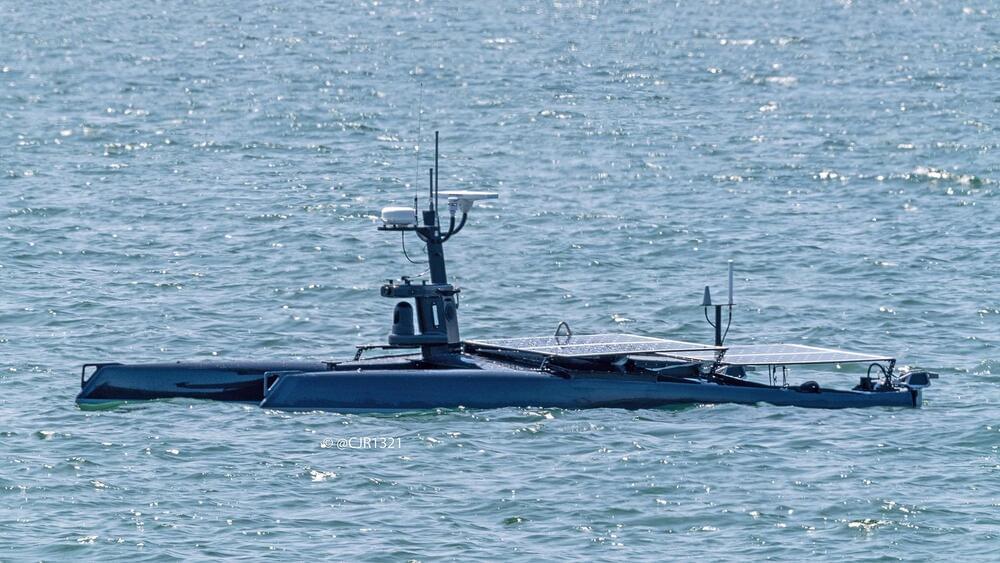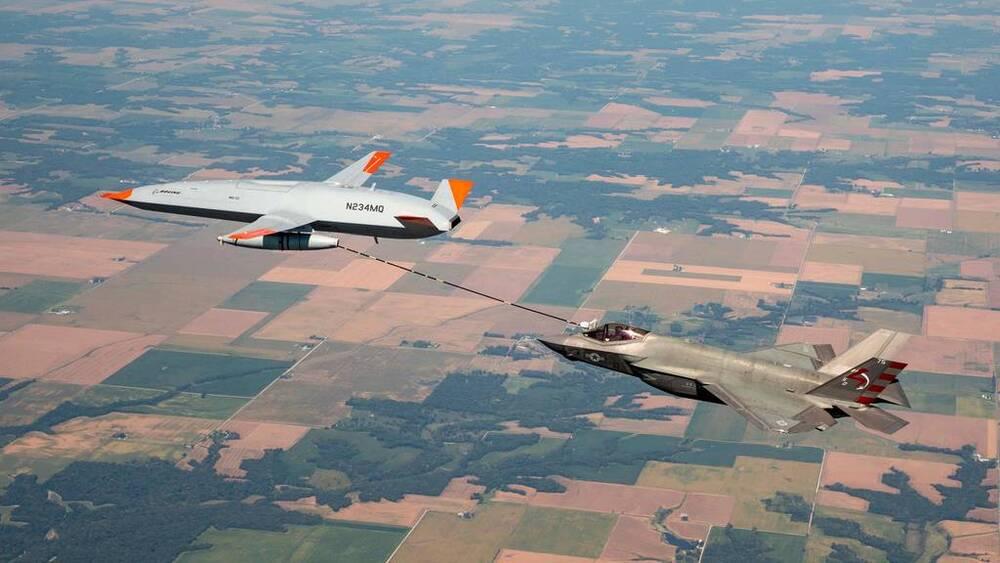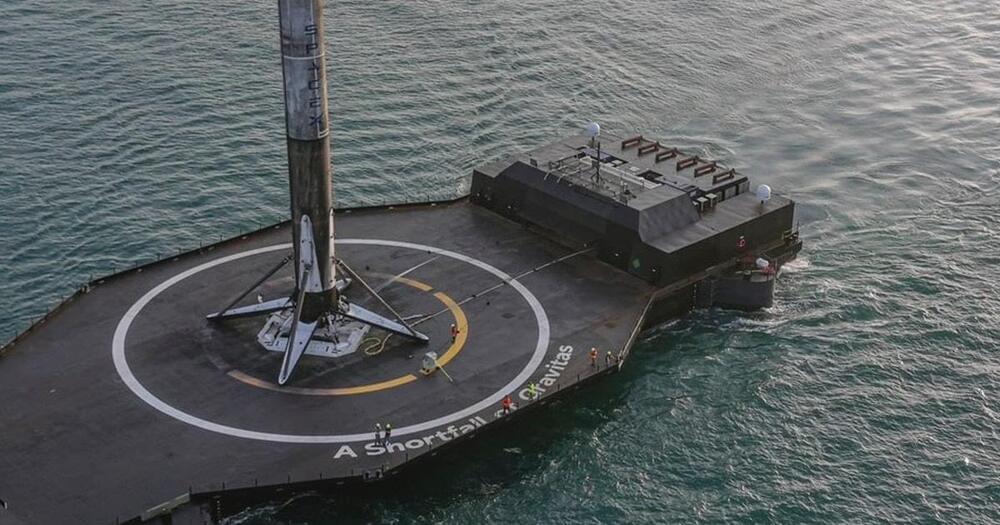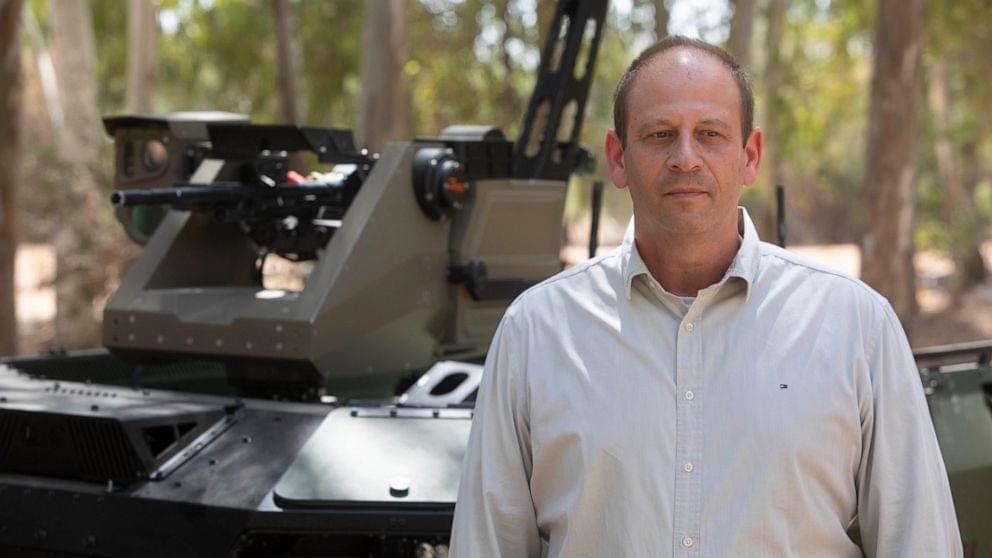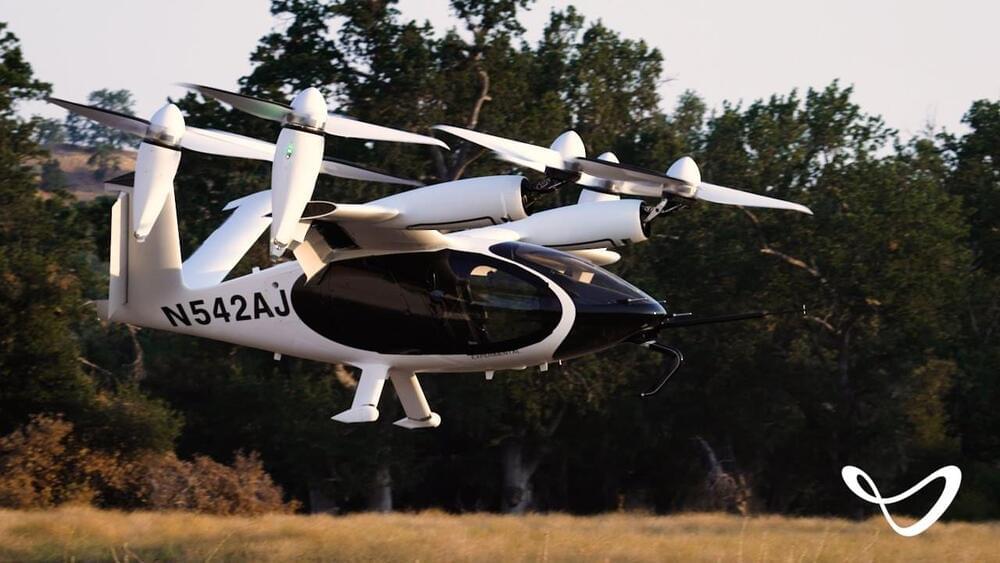Researchers at Skolkovo Institute of Science and Technology (Skoltech) in Russia have recently developed an innovative system for human-swarm interactions that allows users to directly control the movements of a team of drones in complex environments. This system, presented in a paper pre-published on arXiv is based on an interface that recognizes human gestures and adapts the drones’ trajectories accordingly.
Quadcopters, drones with four rotors that can fly for long periods of time, could have numerous valuable applications. For instance, they could be used to capture images or videos in natural or remote environments, can aid search-and–rescue missions and help to deliver goods to specific locations.
So far, however, drones have rarely been deployed for these applications and have instead been primarily used for entertainment purposes. One of the reasons for this is that complex missions in unknown environments require users operating the drones to have a basic understanding of sophisticated algorithms and interfaces.

